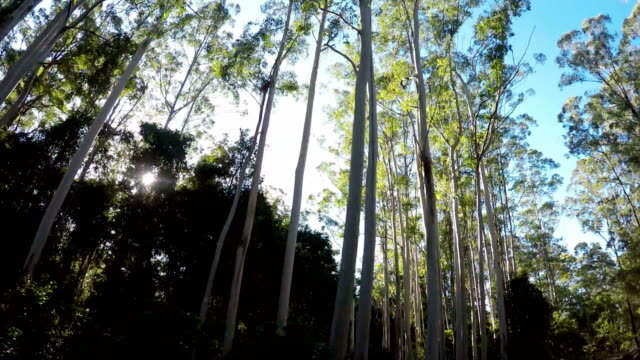- 1-905-452-8193
- Contact Us
- Member Login
- Get Listed Today
- 220,911 members

According to experts in tree lopping Sydney, trees are an essential part of the natural environment and play a vital role in the water cycle. They help to regulate the flow of water in streams and rivers, and their roots help to hold soils in place, preventing erosion. Trees also help to recharge groundwater supplies by releasing moisture back into the atmosphere through their leaves.
Water is essential for trees to grow and thrive. Trees need water for photosynthesis, transpiration, and to maintain their structural integrity. When trees don't have enough water, they become stressed and are more susceptible to insect pests and diseases. Drought can also cause trees to drop their leaves prematurely, which reduces their ability to photosynthesize and can lead to long-term damage or even death.
If a tree doesn't have enough water, its leaves will turn brown and drop off, the bark will crack and the tree will eventually stop growing. This is why it's so important to water trees regularly, especially during summer when the weather is hot and dry.
Australia is a land of extremes and its trees are no different. From the world’s largest tree to the oldest living thing on earth, these ten thirsty Australian trees are sure to quench your thirst for knowledge.
Eucalyptus Grandis
This tree is native to southeastern Australia and can grow up to 90 metres tall. It’s a very popular tree for forestry and pulpwood production, but it’s also a heavy drinker, with estimated water use of between 200 and 400 litres per day.
Corymbia maculata
Also known as the spotted gum, this tree is found throughout eastern Australia. It’s a common sight in urban areas and can grow up to 40 metres tall. It’s a relatively thirsty tree, with estimated water use of between 150 and 250 litres per day.
Eucalyptus globulus
This is the most widely planted eucalyptus species in the world and it’s also found throughout Australia. It’s a fast-growing tree that can reach heights of up to 80 metres. Its water use is estimated to be between 200 and 400 litres per day.
Eucalyptus camaldulensis
Also known as the red gum, this tree is native to Australia and is one of the most widespread eucalyptus species. It can grow up to 30 metres tall and has an estimated water use of between 150 and 250 litres per day.
Eucalyptus regnans
This is the tallest tree in the world that is not redwood, reaching heights of up to 100 metres. It’s found in southeastern Australia and has an estimated water use of between 200 and 400 litres per day.
Eucalyptus saligna
Also known as the Sydney blue gum, this tree is native to eastern Australia. It’s a common sight in urban areas and can grow up to 40 metres tall. Its water use is estimated to be between 150 and 250 litres per day.
Eucalyptus pilularis
This tree is found along the east coast of Australia and can grow up to 30 metres tall. Its water use is estimated to be between 100 and 200 litres per day.
Eucalyptus obliqua
This tree is native to southeastern Australia and can grow up to 70 metres tall. It’s a popular tree for forestry and pulpwood production, with estimated water use of between 200 and 400 litres per day.
Eucalyptus Radiata
Also known as the narrow-leaved gum, this tree is found throughout eastern Australia. It can grow up to 35 metres tall and has an estimated water use of between 100 and 200 litres per day.
Eucalyptus amygdalina
This tree is native to southeastern Australia and can grow up to 25 metres tall. It has an estimated water use of between 50 and 100 litres per day.
These are just some of the thirstiest trees in Australia. If you’re thinking about planting a tree at home, make sure you choose one that won’t put too much strain on local water resources. If you have any questions, contact your local arborist for professional advice.
It's important to water trees regularly, especially during periods of drought. The best time to water trees is in the morning, before the heat of the day. This allows the water to soak deep into the roots where it can be used most effectively. Watering in the evening can also be beneficial, as long as the water has a chance to dry off the leaves before nightfall to prevent fungal diseases.
